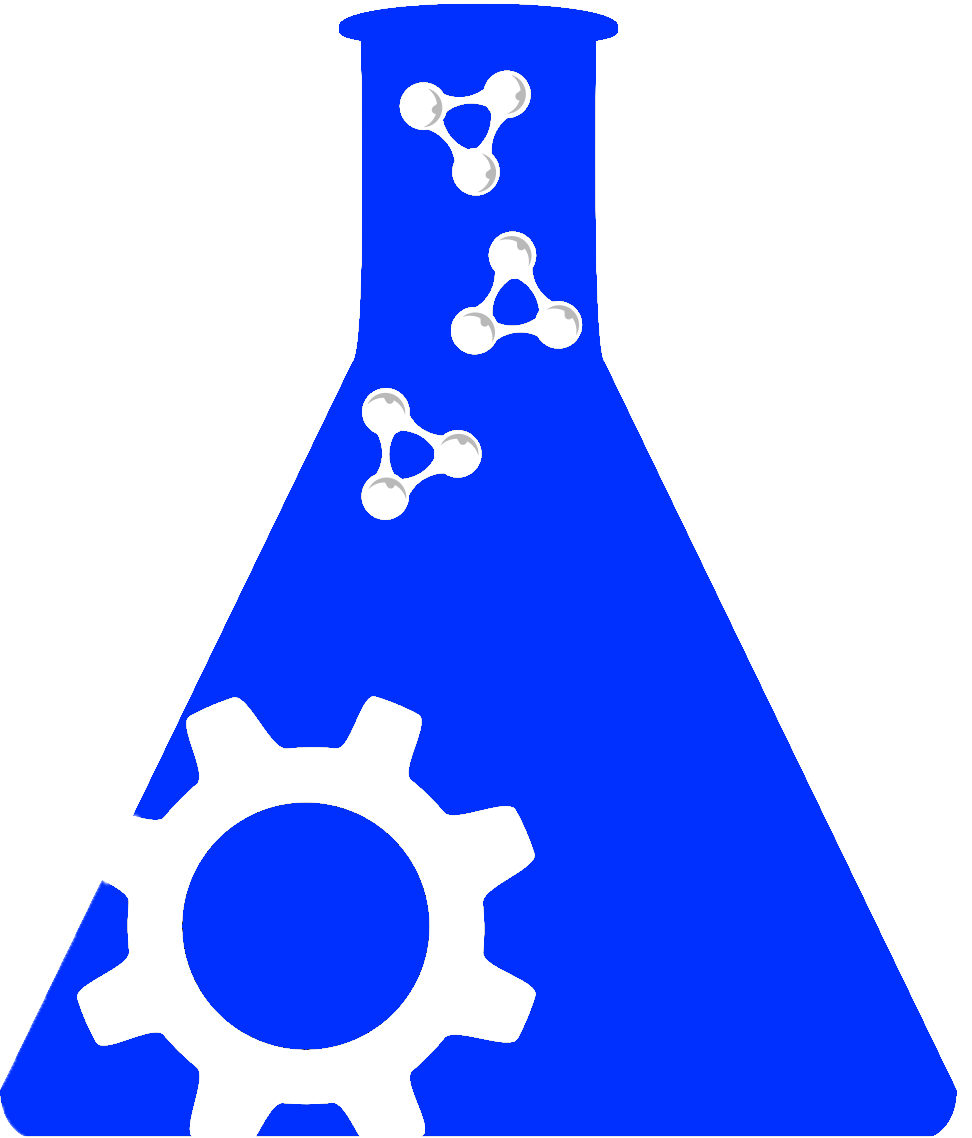Searching across hundreds of databases

Are you sure you want to leave this community? Leaving the community will revoke any permissions you have been granted in this community.
URL: http://www.bioinformatics.ucla.edu/ASAP2
Proper Citation: Alternative Splicing Annotation Project II Database (RRID:SCR_000322)
Description: THIS RESOURCE IS NO LONGER IN SERVICE, documented on 8/12/13. An expanded version of the Alternative Splicing Annotation Project (ASAP) database with a new interface and integration of comparative features using UCSC BLASTZ multiple alignments. It supports 9 vertebrate species, 4 insects, and nematodes, and provides with extensive alternative splicing analysis and their splicing variants. As for human alternative splicing data, newly added EST libraries were classified and included into previous tissue and cancer classification, and lists of tissue and cancer (normal) specific alternatively spliced genes are re-calculated and updated. They have created a novel orthologous exon and intron databases and their splice variants based on multiple alignment among several species. These orthologous exon and intron database can give more comprehensive homologous gene information than protein similarity based method. Furthermore, splice junction and exon identity among species can be valuable resources to elucidate species-specific genes. ASAP II database can be easily integrated with pygr (unpublished, the Python Graph Database Framework for Bioinformatics) and its powerful features such as graph query, multi-genome alignment query and etc. ASAP II can be searched by several different criteria such as gene symbol, gene name and ID (UniGene, GenBank etc.). The web interface provides 7 different kinds of views: (I) user query, UniGene annotation, orthologous genes and genome browsers; (II) genome alignment; (III) exons and orthologous exons; (IV) introns and orthologous introns; (V) alternative splicing; (IV) isoform and protein sequences; (VII) tissue and cancer vs. normal specificity. ASAP II shows genome alignments of isoforms, exons, and introns in UCSC-like genome browser. All alternative splicing relationships with supporting evidence information, types of alternative splicing patterns, and inclusion rate for skipped exons are listed in separate tables. Users can also search human data for tissue- and cancer-specific splice forms at the bottom of the gene summary page. The p-values for tissue-specificity as log-odds (LOD) scores, and highlight the results for LOD >= 3 and at least 3 EST sequences are all also reported.
Abbreviations: ASAP II
Synonyms: ASAP II Database, Alternative Splicing Annotation Project II
Resource Type: data or information resource, database
Defining Citation: PMID:17108355
Keywords: exon, gene structure, genome, alternative splicing, cancer genome alignment, intron, isoform, orthologous exon, orthologous gene, orthologous intron, protein sequence, splice site, tissue, genome alignment, cancer
Expand Allis related to |
|
has parent organization |
We found {{ ctrl2.mentions.total_count }} mentions in open access literature.
We have not found any literature mentions for this resource.
We are searching literature mentions for this resource.
Most recent articles:
{{ mention._source.dc.creators[0].familyName }} {{ mention._source.dc.creators[0].initials }}, et al. ({{ mention._source.dc.publicationYear }}) {{ mention._source.dc.title }} {{ mention._source.dc.publishers[0].name }}, {{ mention._source.dc.publishers[0].volume }}({{ mention._source.dc.publishers[0].issue }}), {{ mention._source.dc.publishers[0].pagination }}. (PMID:{{ mention._id.replace('PMID:', '') }})
A list of researchers who have used the resource and an author search tool

A list of researchers who have used the resource and an author search tool. This is available for resources that have literature mentions.
No rating or validation information has been found for Alternative Splicing Annotation Project II Database.
No alerts have been found for Alternative Splicing Annotation Project II Database.
Source: SciCrunch Registry